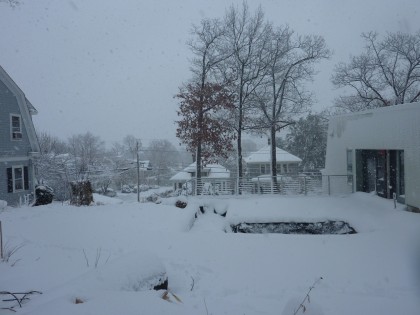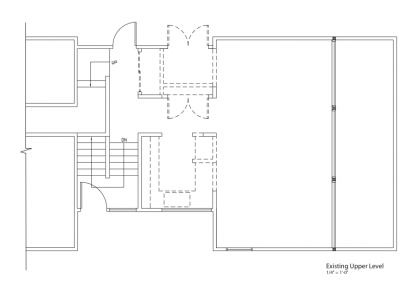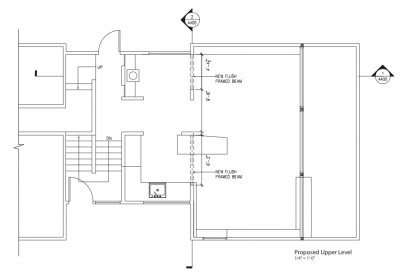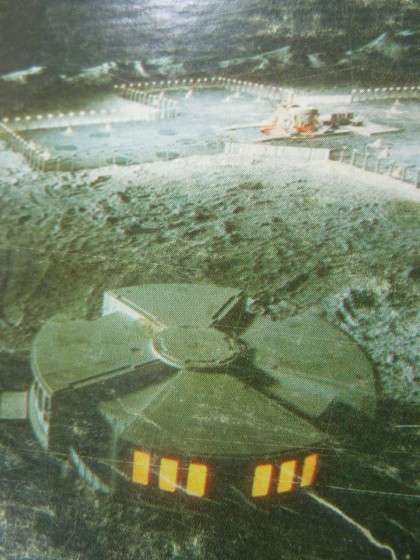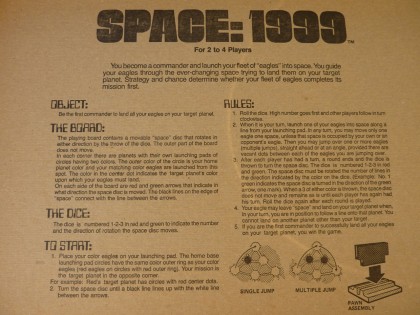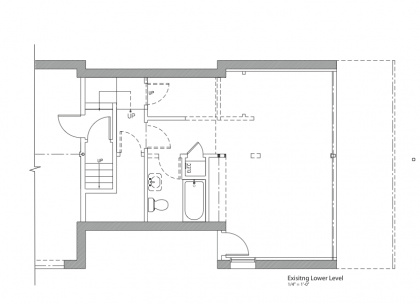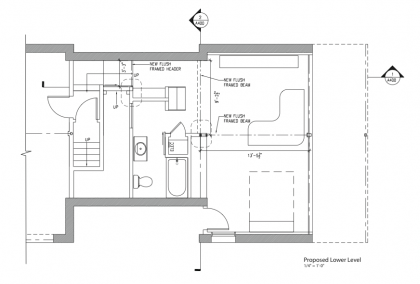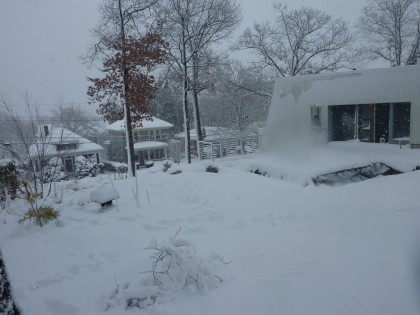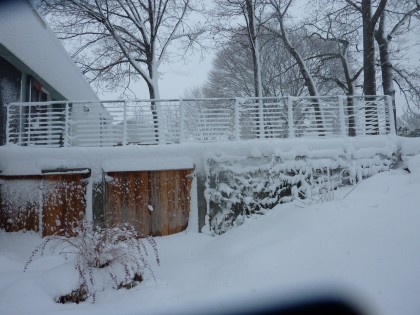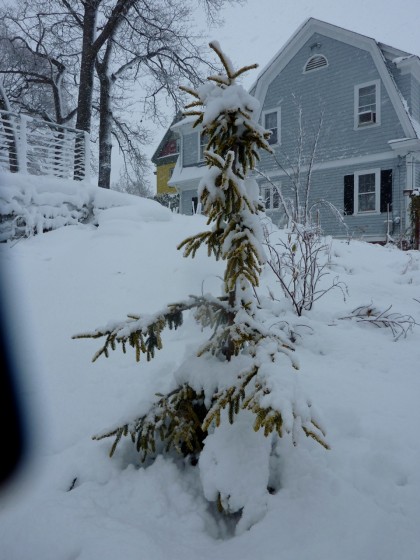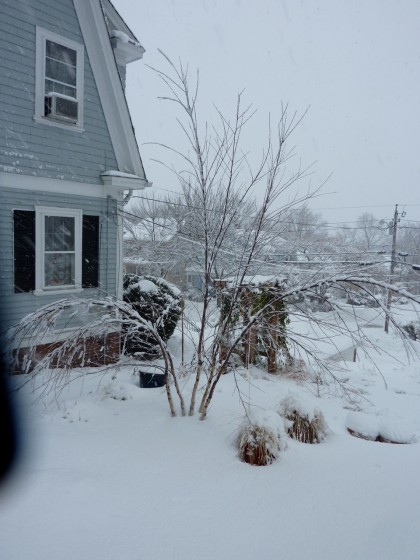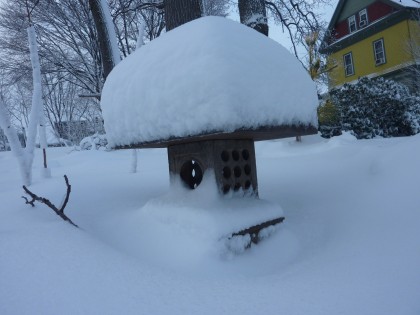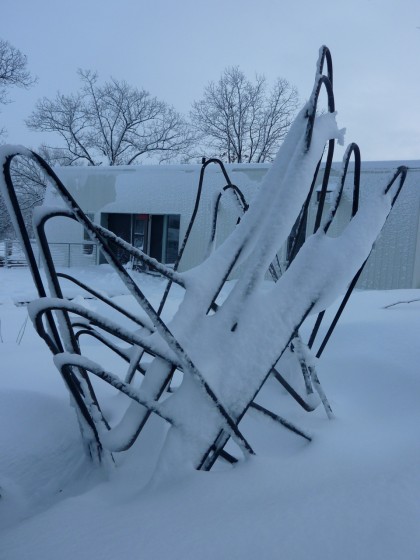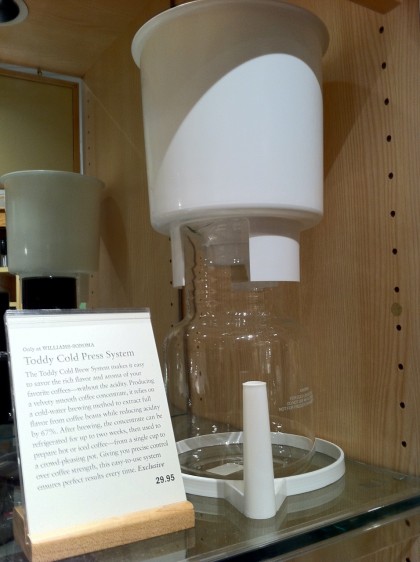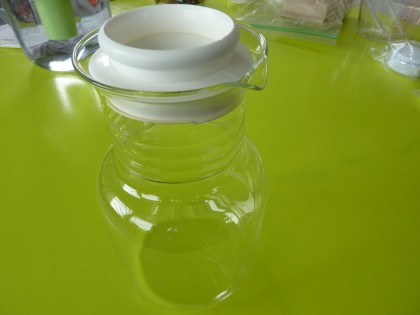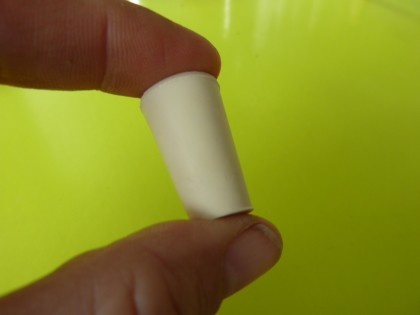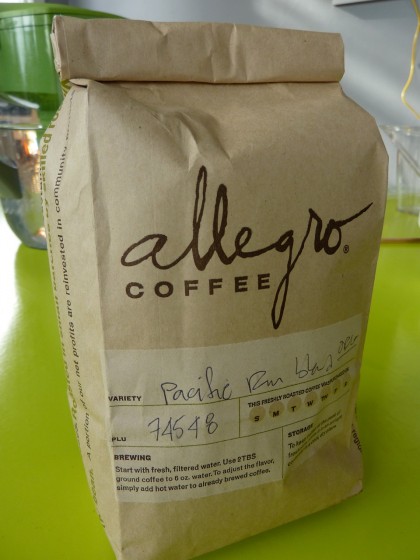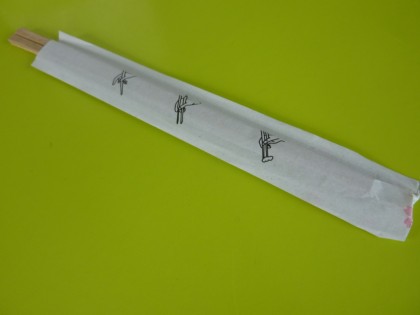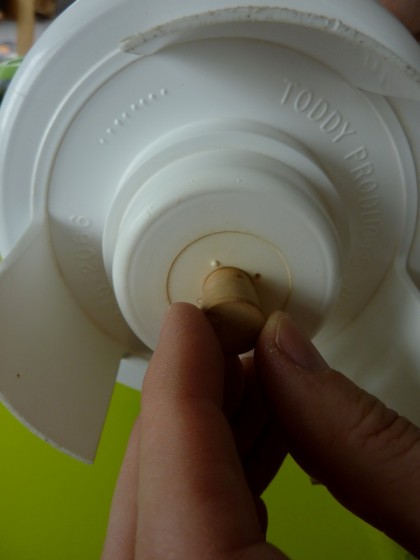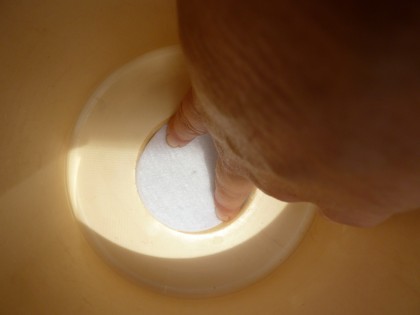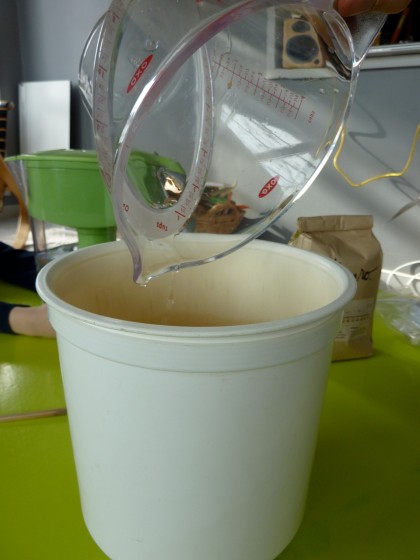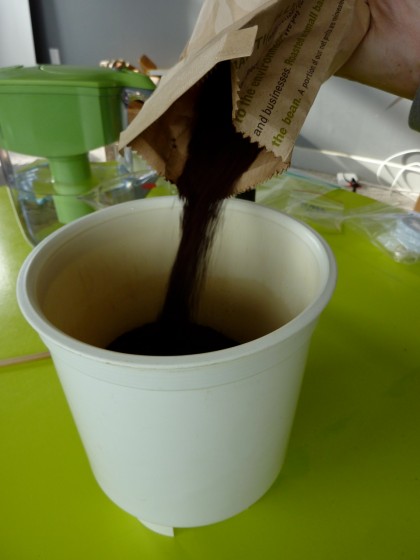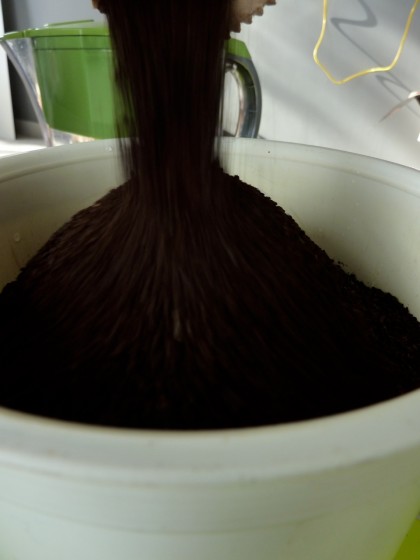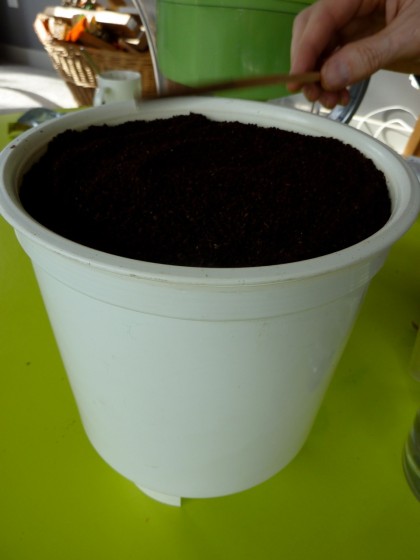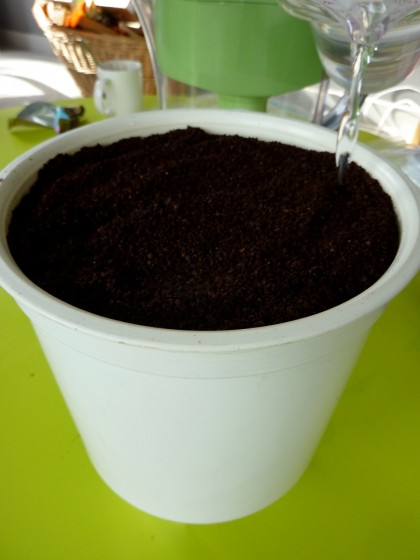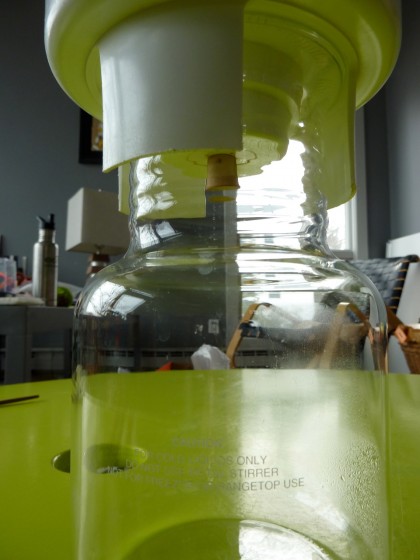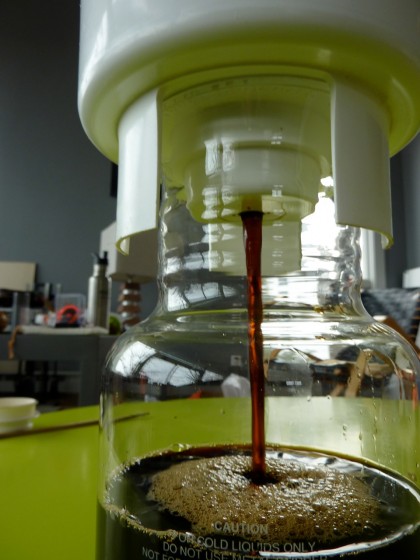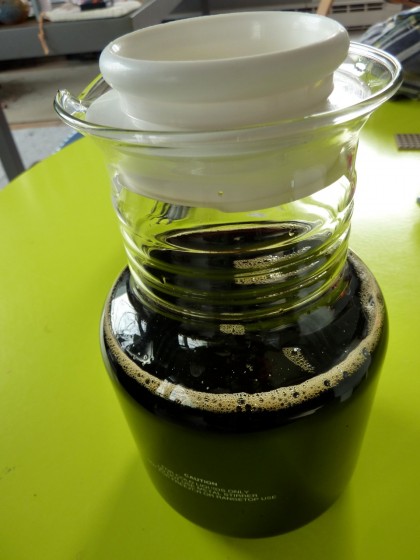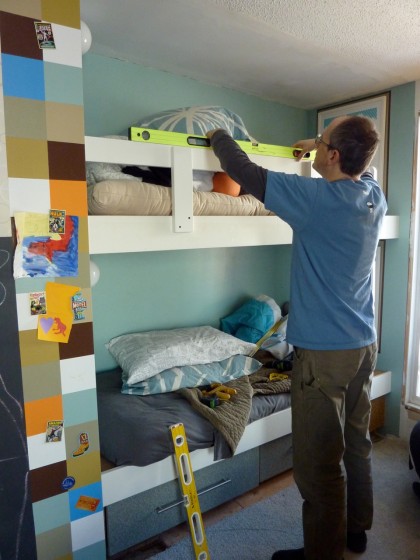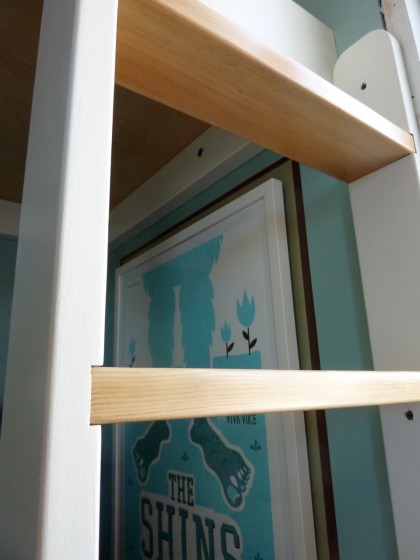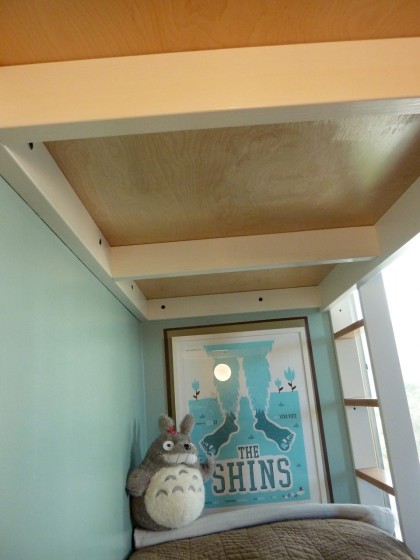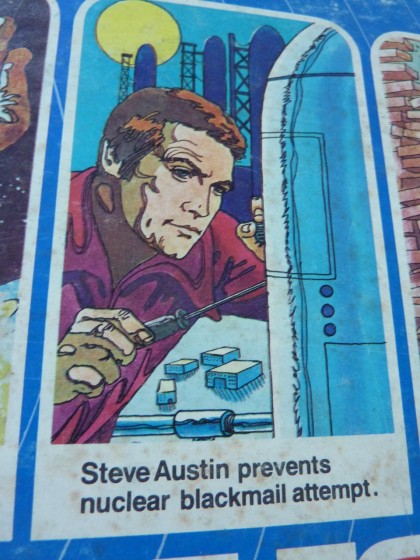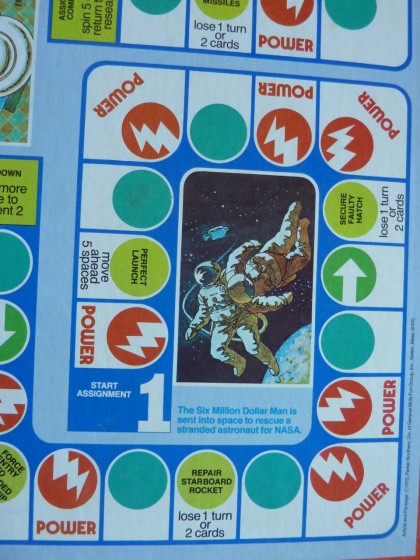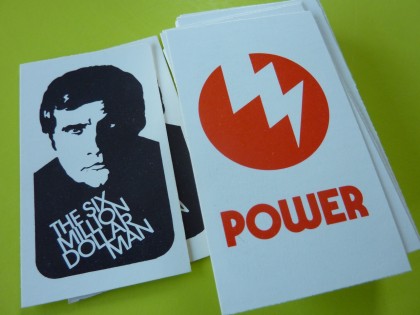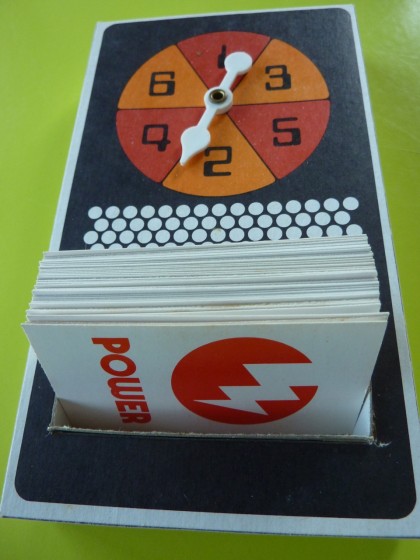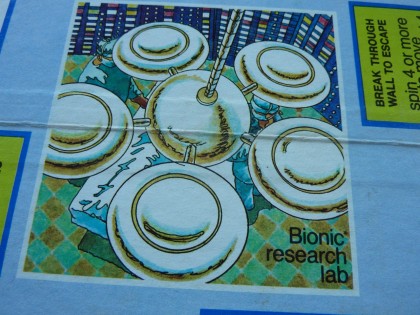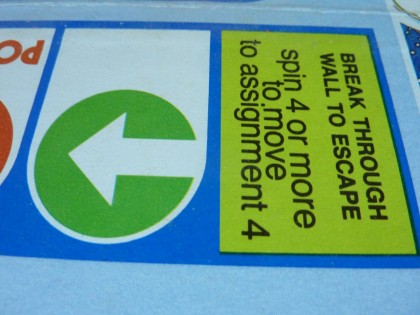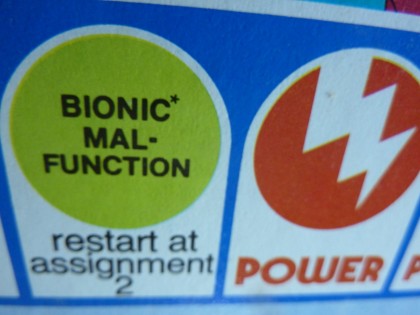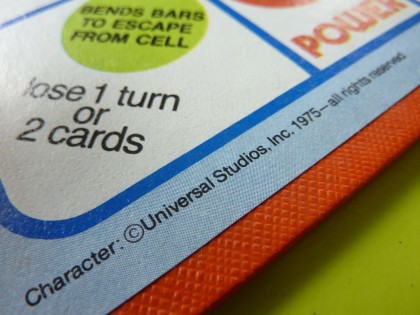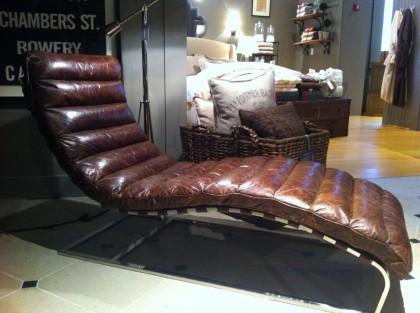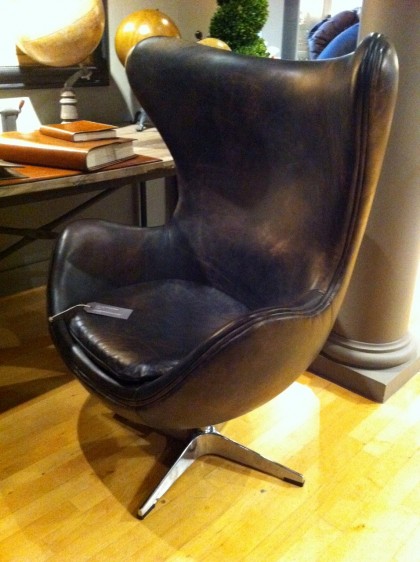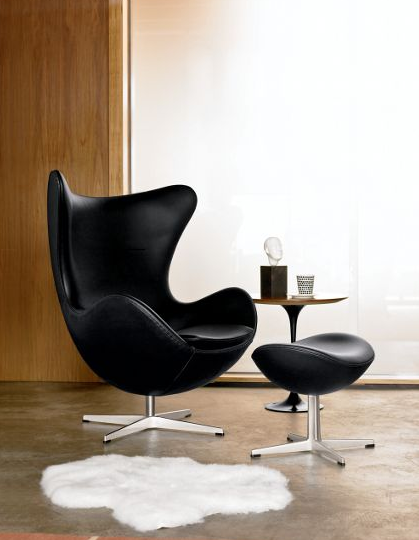What’s a really awesome thing to do on New Years Eve? Have a blower door test done, of course. A who, you say? And “Blower? I hardly know ’er!”
So a blower door test is basically an innuendo-loaded way to find out how airtight your home is. It’s the only way to measure air infiltration into your house. You get a certified, professional energy auditor to conduct one. For a minimal investment, you could potentially save thousands in energy costs. I’ll let David tell you more…
* * * * *
An energy audit is a survey of existing conditions in the home — a walk-around to locate and identify specific problem areas and a plan of action that takes into account the homeowner’s budget and energy savings goal. Some elements of the plan of action will be based on past experience and not on actual quantified testing. For example, big air leaks are easy to locate, but air can take a circuitous route which makes blocking leaks difficult. Lots of small leaks can add up quickly and small leaks are VERY hard to locate and rectify.
That’s where the blower door test comes in. It makes small leaks big and big leaks huge, thereby making them much easier to locate and fix. The extent of the renovations we plan for our house include all the things that a regular energy survey would recommend: energy-efficient doors and windows, additional insulation, etc,. so an audit would be a waste of time and money for us at this stage. Instead, we wanted to quantify how well our house performs before, during and after all our renovations. To help us, we turned to Matt Banoub, owner of Aten Energy Conservation.
Matt showed up last week and lugged his big red blower door test apparatus up the stairs…
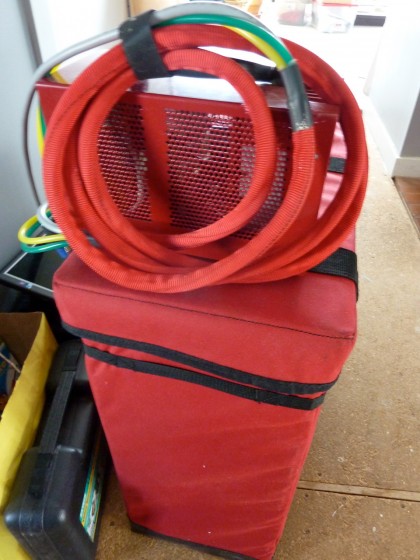
Before he started, I double checked all the doors and windows around the house to make sure everything was closed up tight. (Why wouldn’t it be? It was 20° outside!) Matt set up in our open back doorway…
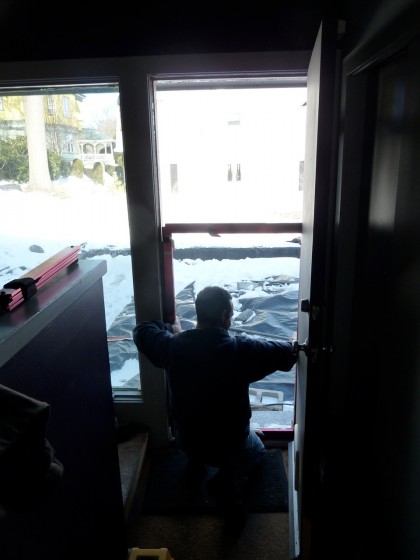
After sizing the setup, he made a few tweaks to make sure everything would fit…
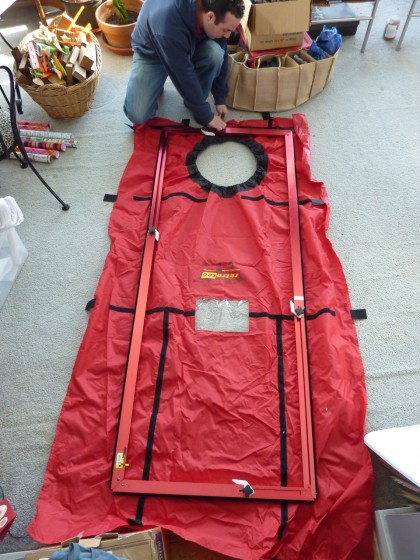
The result was a nice, tight seal on the door frame…
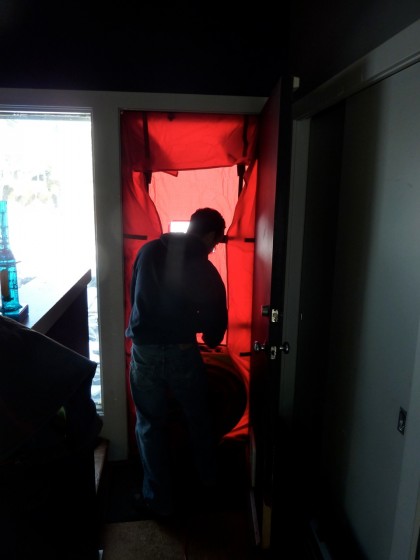
Then he inserted a very special fan into position…
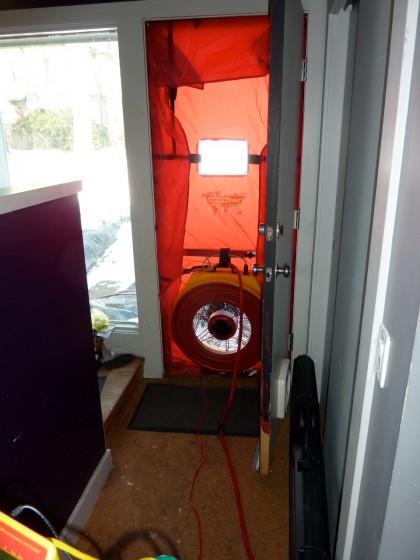
The fan controller takes air pressure readings from three sensors, comparing the one outside the house to the one inside the house, and uses a sensor inside the fan itself to measure the volume of air passing through the blower door…

It also controls fan speed in order to achieve the desired pressure differential between the inside and the outside…
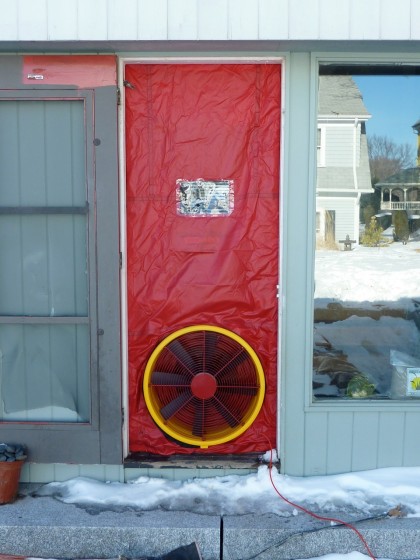
Once the sensors had stabilized, Matt started up the fan which sucked air out of the house until the pressure inside was 50 pascals lower then the pressure outside the house…
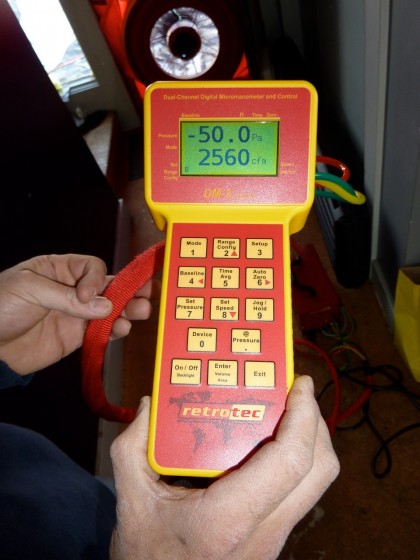
The pressure differential meant air was now trying very hard to get into the house any way it could. At that point he measured how much air was blowing out. As you can see, we were blowing 2,560 cubic feet per minute (CFM) out the door at 50 pascals. That number doesn’t mean anything until you take into account the volume of the house. I figure our house has a volume of 15,320 cubic feet. That means at 2,560 CFM/50 we have 10 air changes every hour (expressed as 10 ACH/50). That puts us between moderate and leaky which isn’t bad in a country of mostly poorly performing homes.
Matt says we can seal all the way down to 1,814 CFM/50, which would be 7 ACH/50. That sounds like a lot but remember that’s with the house pressurized. Actual air changes per hour right now are probably about 1 — we’d like to get that down to . 35. Air change is important in a house for the health and safety of the occupants. As you know, we breathe in oxygen and breathe out carbon dioxide, plus any appliances (stove, water heater, furnace, wood stove, etc.) that burn fuel (gas, oil, wood) are also using up oxygen and emitting carbon dioxide. That makes it essential to replace used up oxygen and vent carbon dioxide. Luckily, our house has all electric appliances, including baseboard heat and water heaters, so we don’t need to take them into account.
Excess moisture in the air can be another problem. It comes from our breath and sweat, cooking, bathing, clothes dryer, etc. If we were to get our house to the point where it has fewer than .25 ACH, we would need mechanical ventilation. If that becomes necessary, we’ll definitely get one with a heat exchanger that’s about 80% efficient at transferring energy from the hot air to the cold air in whichever direction makes sense (ie, in the summer we want it to keep heat out and in the winter keep heat in).
So what did we learn? That our 1970s house is pretty well sealed. We’ve arranged for Matt to come back to measure the difference our updates make as we remodel both the interior and envelope of the house.
Want to know more?
Ways to save on your energy costs:
- In RI, National Grid offers free energy audits that can earn you sizable deals on everything you need to weather-proof your home.
- Nationwide, take advantage of state incentives ( tax credits and rebates) on making energy improvements.
- The federal government also offers money-saving programs for making your home more energy-efficient.
